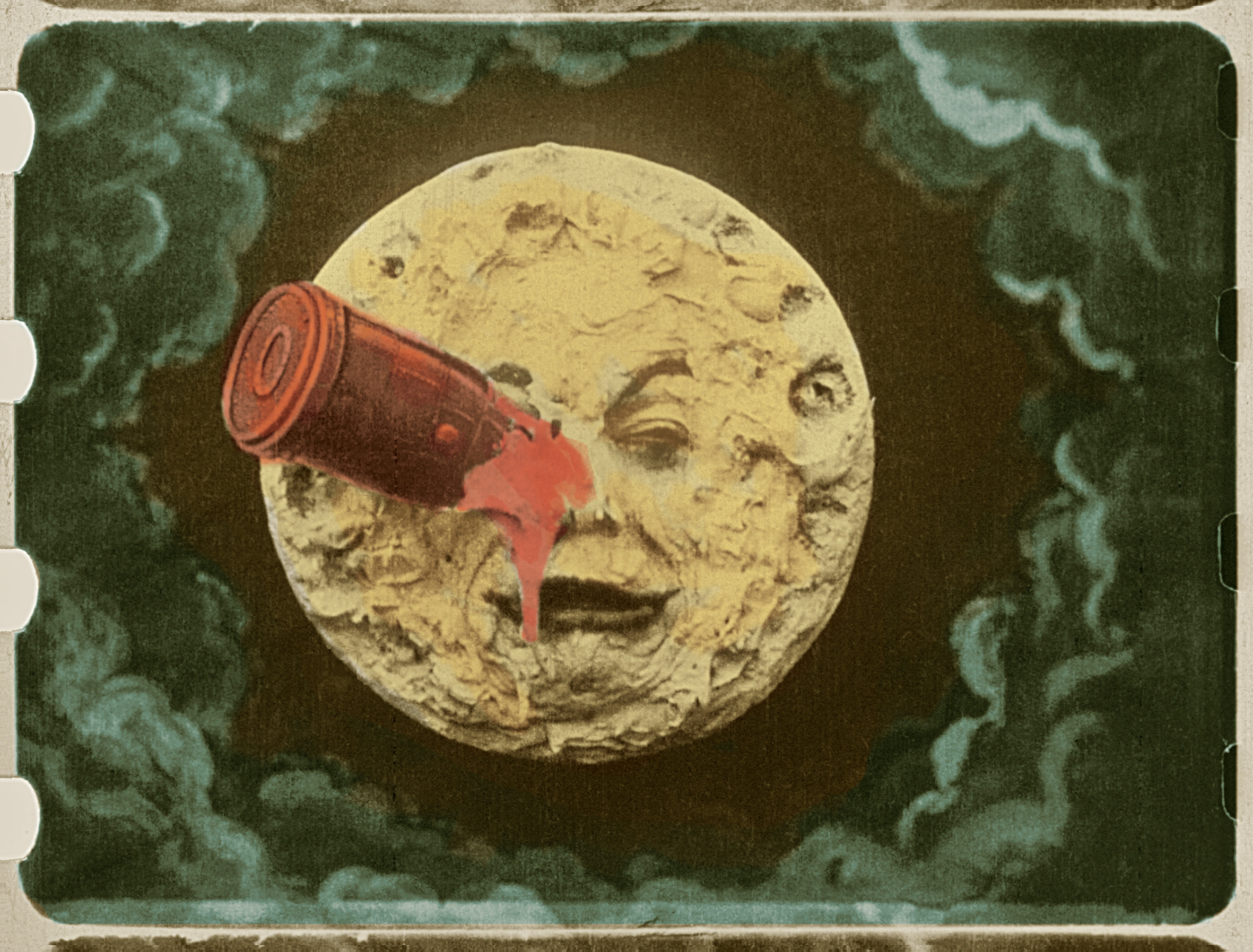Georges Méliès, a visionary filmmaker from the early days of cinema, left an indelible mark on the art form through his groundbreaking techniques and imaginative storytelling. Born on December 8, 1861, in Paris, France, Méliès began his career as a stage magician, a background that profoundly influenced his approach to filmmaking. His pioneering work in special effects, storytelling, and cinematography laid the foundation for modern filmmaking and earned him the title of "Cinemagician."

Georges Méliès was born into a wealthy family that owned a successful footwear factory. Despite the family's expectations for him to take over the business, Méliès was drawn to the world of entertainment from a young age. He studied at the prestigious Lycée Louis-le-Grand and then attended the Sorbonne, where he earned a degree in law. However, his passion for performance led him to abandon his legal career and pursue his true calling in the arts.
Méliès discovered his love for magic while attending a magic show in London in 1888. Inspired by what he saw, he began performing his own magic acts, eventually purchasing the Théâtre Robert-Houdin in Paris in 1888. Under his ownership, the theater became a popular destination for magic enthusiasts and showcased Méliès's innovative illusions and tricks.
In 1895, Méliès attended the first public screening of the Lumière brothers' short films, which marked the birth of cinema. Captivated by the new medium, he immediately recognized its potential for visual storytelling and began experimenting with filmmaking techniques. In 1896, Méliès purchased a motion picture camera and set up his own film studio in Montreuil, France.
Méliès's early films were characterized by their simplicity and experimentation with basic cinematic techniques. However, it was his 1896 film, "The Vanishing Lady," that showcased his talent for using visual effects to create illusions on screen. In the film, Méliès employs the stop-motion technique to make his assistant disappear and reappear, a feat that astonished audiences at the time.
Throughout his career, Méliès continued to push the boundaries of what was possible in cinema, developing innovative techniques to create fantastical worlds and magical illusions on screen. One of his most significant contributions to the art form was the development of the "trick film," a genre characterized by its use of special effects and visual trickery to create imaginative narratives.
Méliès's mastery of special effects was evident in films such as "A Trip to the Moon" (1902), his most famous work. In this groundbreaking film, Méliès employs a combination of practical effects, such as elaborate sets and costumes, and in-camera tricks, such as double exposure and matte painting, to bring his vision of space exploration to life. "A Trip to the Moon" was a critical and commercial success and solidified Méliès's reputation as a pioneering filmmaker.
Dive into the captivating world of images and early cinema with the 'Méliès, Right in the Eye: A Masterclass.' Join artist Jean-François Alcoléa on March 28, 2024, from 7:00 pm to 8:30 pm in Palo Alto, CA, to uncover the historical and contemporary significance of visual storytelling. Don't miss this unique opportunity to gain insights into the creative process behind iconic works and their impact on art and culture. Reserve your spot now!
Georges Méliès's impact on the art of cinema cannot be overstated. His innovative use of special effects and visual storytelling techniques laid the foundation for modern filmmaking and inspired generations of filmmakers around the world. Directors such as Steven Spielberg, Tim Burton, and Martin Scorsese have cited Méliès as a major influence on their work, and his legacy continues to be celebrated by cinephiles and scholars alike.
Despite his contributions to the medium, Méliès's career was marked by financial struggles and personal setbacks. In 1913, he was forced to declare bankruptcy and sell his studio, effectively ending his filmmaking career. For many years, Méliès's work was largely forgotten until a revival of interest in silent cinema in the 1920s brought his films back into the public eye.
Georges Méliès died on January 21, 1938, at the age of 76, but his legacy lives on through his pioneering contributions to the art of cinema. Today, he is remembered as one of the medium's true visionaries, a master of illusion and storytelling whose influence can still be felt in the movies we watch today.
Office hours:
Tuesdays 10am-2pm
Thursdays 11am-1pm (closed on Oct-24th)
Library:
Saturdays 10am-12pm
Alliance Française Silicon Valley
Los Gatos, CA 95032
Leave a Comment